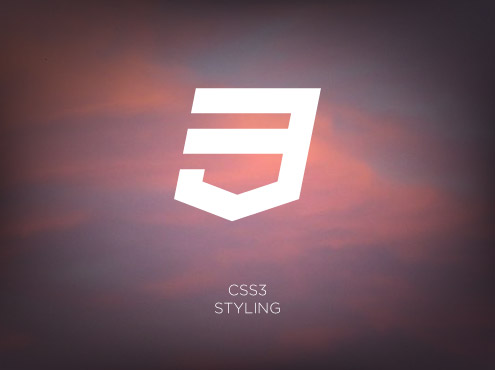-
201113 Jun
Hats off to the CSS Working Group, it must have been a busy few weeks. Not only have they released several updated specifications, most notably the long awaited publication of the CSS2.1 specification as an official W3C recommendation, but also introduced a major redesign of their home page.
The release of CSS2.1 as an official recommendation also paved the way for the CSS3 Color module to advance to the recommendation stage, becoming the first CSS3 specification to be released as an official W3C Recommendation.
-
201117 May
Posting on behalf of Tab Atkins about an open spec issue:
I’ve been pretty adamant for some time that gradients should use the math-y interpretation of angles, where 0deg is East and 90deg is North. In addition to matching what you learn in school about polar coordinates, it matches what tools like Photoshop expose. Other members of the WG, though, have been equally adamant that we should more closely match existing language conventions, particularly that bigger angles mean clockwise rotation.
The strength of my conviction has eroded over time. It really is true that every other use of angles uses them to represent clockwise rotations. In SVG, angles are present in transforms and the
glyph-orientationproperties, while in CSS they’re present in transforms,image-orientation, and theazimuthandelevationaural properties. In all of them (saveelevation, which rotates in a different axis), the rotation is clockwise.
-
201119 Apr
The W3C CSS Working Group have introduced a new module to CSS3, the CSS3 Grid Layout module, as well as released two further updated specifications, for the CSS3 Multi-column Layout and CSS3 Text modules.
Let’s take a closer look at what’s new.
-
201104 Apr
The W3C CSS Working Group have released two further updated working draft specifications for CSS3.
The first, released on 11 March, sees a major overhaul of the CSS3 Flexible Box Layout module. The second, released on 24 March, brings several enhancements to the CSS3 Fonts module.
-
201128 Feb
Over the course of the last two weeks, the W3C CSS Working Group have issued three updated CSS3 specifications. The first sees the CSS3 Backgrounds and Borders module return to candidate recommendation, with the second and third providing updated working drafts of the CSS3 Text and CSS3 Image Values and Replaced Content modules respectively.
The working group also introduced a new module, CSS3 Writing Modes, just over 2 weeks ago on the 1st February. This recent flurry of activity represents the first major updates to the CSS3 specifications since the CSS3 Color module was released as a proposed recommendation in October last year.
Let’s take a look at what’s new.
-
201131 Jan

The new CSS3 icon, part of the HTML5 brand (image courtesy of W3C).
On the 18th January the W3C unveiled a logo and brand identity for HTML5 and associated technologies.
The HTML5 logo and accompanying icons (shown below), including one for CSS3 (larger version above), are, according to the W3C at the time of launch, intended to be “an all-purpose banner for HTML5, CSS, SVG, WOFF, and other technologies that constitute an open web platform. The logo does not have a specific meaning; it is not meant to imply conformance or validity, for example. The logo represents ‘the Web platform’ in a very general sense.”
-
201007 Oct
The W3C have this week released an updated working draft of the CSS3 Text module. Major changes from the previous working draft, released in March 2007, include:
-
201013 Sep
The CSS Working Group met in Oslo last month for three days of face to face meetings.
The minutes, available on the CSS Working Group’s blog, reveal discussions around CSS2.1, several CSS3 modules, a rough draft of the Working Group’s priorities for 2010 and even taking Microsoft to task over their controversial test results published earlier this year.
-
201009 Aug
The CSS Working Group published an updated Candidate Recommendation of the Media Queries module on the 27th July.
-
201007 Jan
As you may (or may not) know, I’m an Invited Expert on the CSS Working Group at W3C. Mostly I talk about specs. But today, I’m going to talk about testing.
W3C is working on test suites for the CSS specs, and I wanted us to have more web authors involved. Many of you have been frustrated with the inconsistent levels of CSS support across browsers, and I believe collaborative testing is one of the major ways we can improve the situation.




